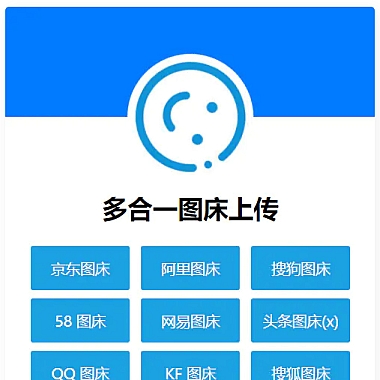Java向下转型详解
解决方案
在Java中,向下转型(Downcasting)是指将父类引用转换为子类对象的过程。这种操作需要特别小心,因为如果父类引用实际上并不指向子类对象,则会抛出ClassCastException异常。为避免这种情况,通常使用instanceof关键字进行类型检查。向下转型的原理、实现方式以及几种常见的解决方案,并通过代码示例展示如何正确地进行向下转型。
1. 向下转型的基本概念
在Java中,向上转型(Upcasting)是隐式的,无需显式转换。例如,将子类对象赋值给父类引用时,编译器会自动处理。向下转型需要显式进行,并且只有当父类引用实际指向子类对象时才能成功。
java
class Animal {
public void makeSound() {
System.out.println("Animal makes a sound");
}
}</p>
<p>class Dog extends Animal {
public void makeSound() {
System.out.println("Dog barks");
}</p>
<pre><code>public void fetch() {
System.out.println("Dog fetches the ball");
}
}
public class Main {
public static void main(String[] args) {
Animal animal = new Dog(); // 向上转型,隐式
if (animal instanceof Dog) { // 类型检查
Dog dog = (Dog) animal; // 向下转型,显式
dog.makeSound(); // 输出 "Dog barks"
dog.fetch(); // 调用子类特有方法
}
}
}
上述代码展示了如何安全地进行向下转型。通过instanceof关键字检查类型后,再执行显式转换,可以有效避免ClassCastException。
2. 为什么需要向下转型?
向下转型的主要目的是访问子类特有的方法或属性。例如,在多态场景中,父类引用可能指向不同的子类对象,而我们需要调用特定子类的方法时,就必须进行向下转型。
示例:访问子类特有方法
java
class Bird extends Animal {
public void fly() {
System.out.println("Bird flies");
}
}</p>
<p>public class Main {
public static void main(String[] args) {
Animal animal = new Bird();
if (animal instanceof Bird) {
Bird bird = (Bird) animal;
bird.fly(); // 访问子类特有方法
}
}
}
3. 多种解决向下转型问题的思路
在实际开发中,可以通过以下几种方式来处理向下转型的问题:
3.1 使用instanceof进行类型检查
这是最常见的方法,确保在转型前确认对象的实际类型。
java
if (animal instanceof Dog) {
Dog dog = (Dog) animal;
dog.fetch();
} else if (animal instanceof Bird) {
Bird bird = (Bird) animal;
bird.fly();
}
3.2 使用泛型避免强制转型
在集合类中,使用泛型可以避免不必要的向下转型。例如:
java
List animals = new ArrayList<>();
animals.add(new Dog());
animals.add(new Bird());</p>
<p>for (Animal animal : animals) {
if (animal instanceof Dog) {
Dog dog = (Dog) animal;
dog.fetch();
} else if (animal instanceof Bird) {
Bird bird = (Bird) animal;
bird.fly();
}
}
改用泛型后:
java
List dogs = new ArrayList<>();
dogs.add(new Dog());</p>
<p>for (Dog dog : dogs) {
dog.fetch(); // 无需转型
}
3.3 使用try-catch捕获异常
虽然不推荐,但在某些情况下可以使用try-catch来捕获ClassCastException,以处理潜在的转型失败。
java
try {
Dog dog = (Dog) animal;
dog.fetch();
} catch (ClassCastException e) {
System.out.println("Type mismatch: " + e.getMessage());
}
注意:这种方法不够优雅,且容易掩盖潜在问题,因此应尽量避免。
3.4 设计模式:策略模式替代转型
在复杂场景中,可以考虑使用设计模式来减少类型转换的需求。例如,策略模式可以通过接口统一行为,从而避免频繁的向下转型。
java
interface Action {
void perform();
}</p>
<p>class FetchAction implements Action {
@Override
public void perform() {
System.out.println("Fetch the ball");
}
}</p>
<p>class FlyAction implements Action {
@Override
public void perform() {
System.out.println("Fly in the sky");
}
}</p>
<p>public class Main {
public static void main(String[] args) {
Action fetch = new FetchAction();
Action fly = new FlyAction();</p>
<pre><code> fetch.perform(); // 输出 "Fetch the ball"
fly.perform(); // 输出 "Fly in the sky"
}
}
4.
向下转型是Java中一种常见的需求,但必须谨慎处理以避免运行时异常。通过instanceof进行类型检查是最安全的方式,同时结合泛型和设计模式可以进一步优化代码结构,减少对类型转换的依赖。希望的讲解能帮助您更好地理解和应用向下转型!











